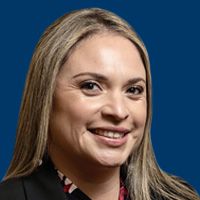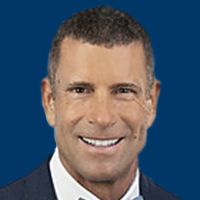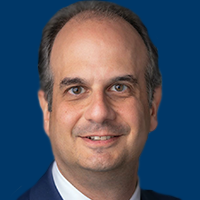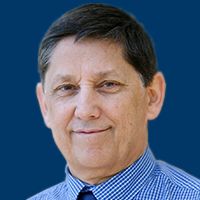Emerging Combination Therapies in Advanced Melanoma
Transcript: Axel Hauschild, MD: We are already touching on the field of emerging strategies. There was some news this year from other conferences, as well as an abstract on anti—LAG-3 [lymphocyte-activation gene 3] as a second-line treatment option in patients who were progressive on PD-1 [programmed cell death protein 1] antibodies. Here, the LAG-3 antibody was given in addition to nivolumab. The response rate was…in the range of 12%, if I remember correctly. Is this a sign to go for a randomized phase III study in the second-line setting if we see just 12% of responses and if you cannot enhance responses by some expression analysis of LAG-3 on tumor cells and all of this?
Michael A. Davies, MD, PhD: I think that’s the part that was intriguing—the overall response rate of 12% in and of itself was not that impressive. There was also the question of whether you could define a rational subgroup for which this was more effective. Again, the data that were presented suggested that the majority of those responses were occurring in patients with some expression of LAG-3, which actually made sense. The idea of whether you would see better activity in patients where the target was expressed actually made logical sense. We talk about how we pick the right therapy in a newly diagnosed patient with stage IV melanoma. We talk about BRAF-mutant, BRAF wild type, and what we use to guide therapy. Ultimately, we’re going to look in the second-line setting for the same thing. It’s not 1 therapy for all. We know that there are multiple different mechanisms of resistance. Will we actually tailor the second-line therapies based on some marker or some mechanism to actually line up what you should do?
Merrick I. Ross, MD: In the refractory setting, we have to have biomarker-directed therapies or trial designs. You’re going to get a dilutional effect if you treat all the patients. So the 12% may not look very good, but it’s probably higher if you look at the patients who are likely to respond. I don’t know what the frequency of the expression of LAG-3 on tumors is, but I would imagine it’s not ubiquitous. So if you look at the fraction who had only the marker, the 12% probably looks like 50% or something like that.
Axel Hauschild, MD: What is the frequency? I have no idea.
Michael A. Davies, MD, PhD: I don’t know. There are different ways of looking at LAG-3. Are you looking at it just on the tumor cells? Are you looking at it on the immune cells? These are the same types of questions that we come up with in all these scenarios. One of the things that I also think we sort of struggle with, as Caroline mentioned earlier, is determining the BRAF status on any tumor in a patient. The idea is that the BRAF mutation is one of the earliest events that happens. The concordance rate among primary tumors, regional metastases, and distant metastases is probably 99%. I think one of the challenges that we’ll face in these biomarker studies is actually defining how homogenous or heterogeneous the markers are—not only within the individual’s tumor that you’re biopsying, but what about for 2 different tumors in the same patient? That’s one of the things that we haven’t really addressed that well with most of the markers that we’re working on.
Transcript Edited for Clarity



